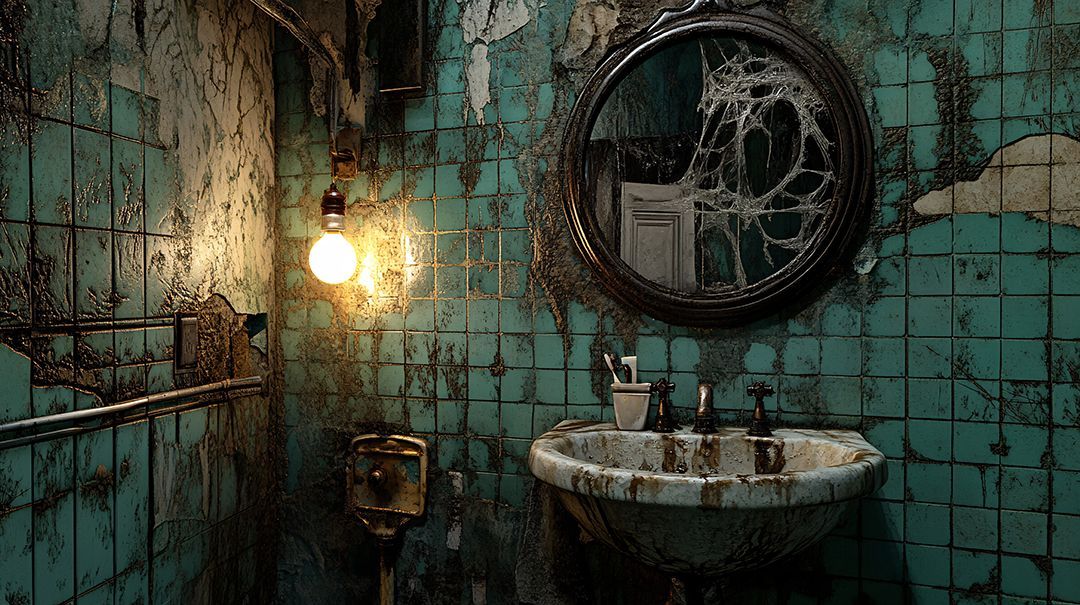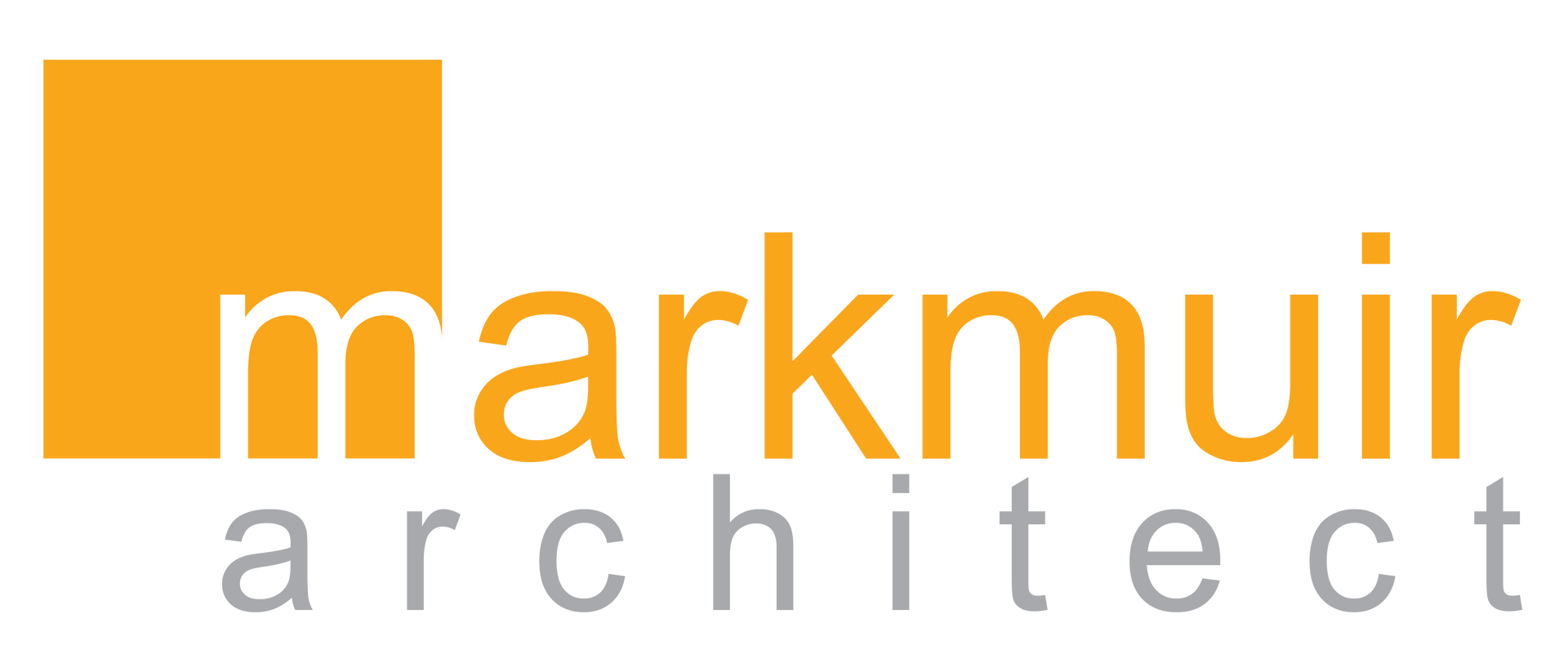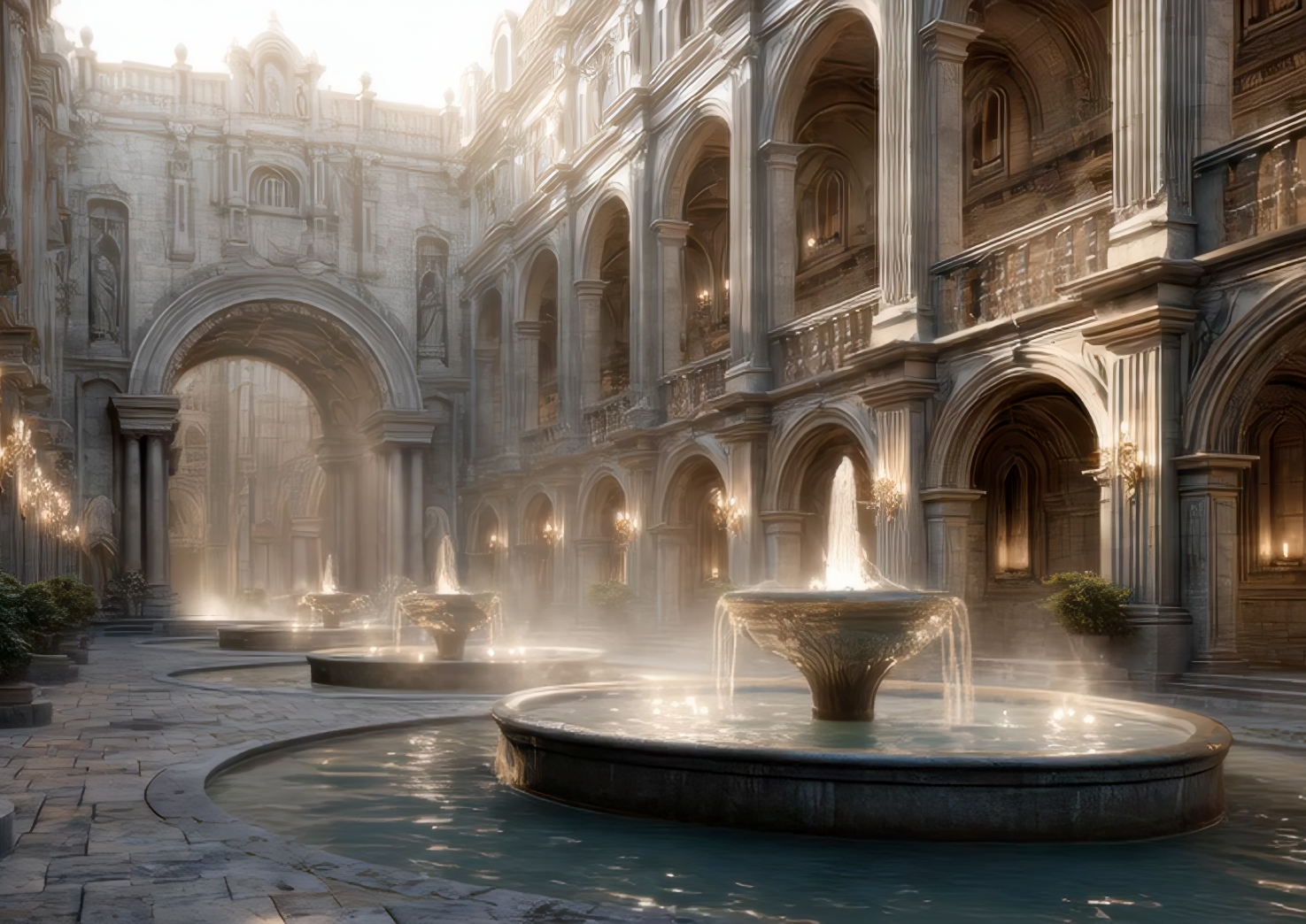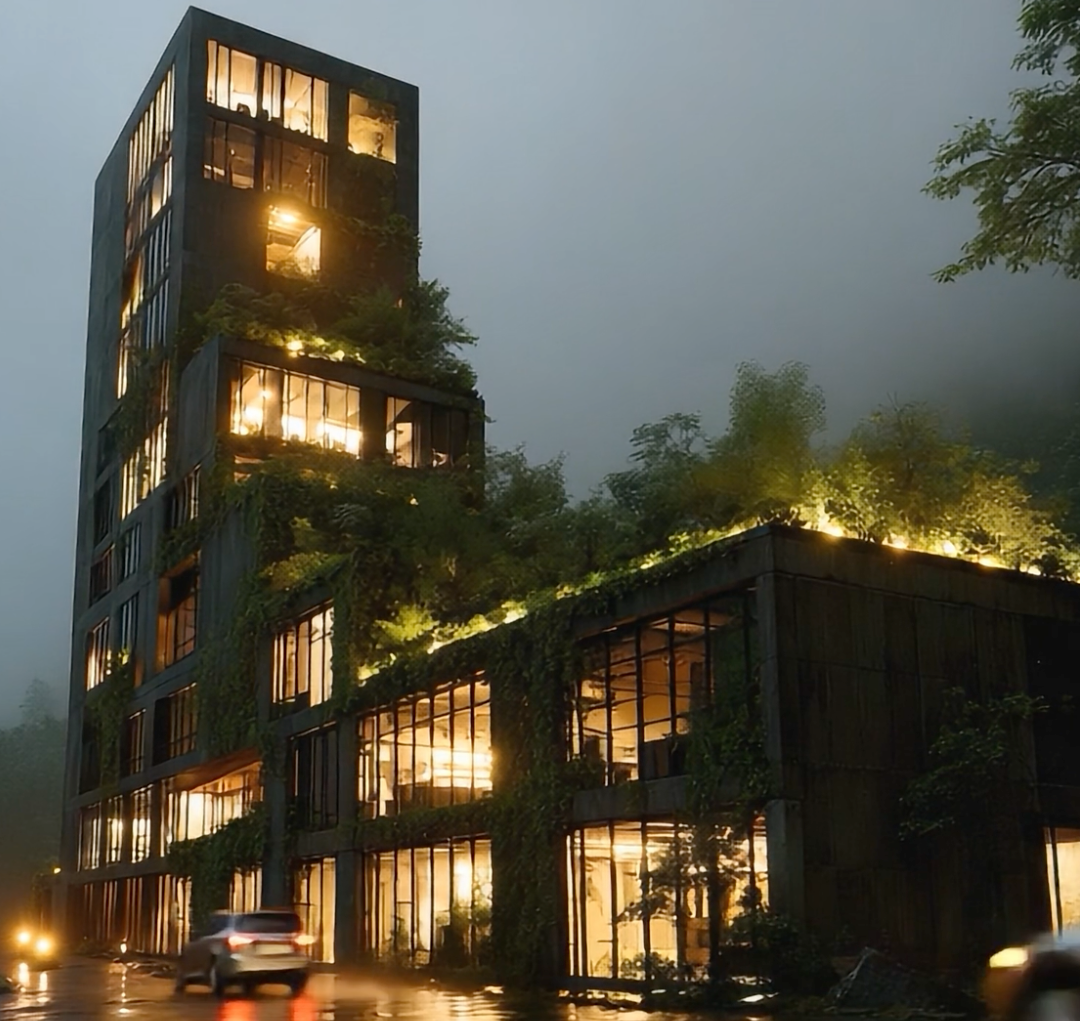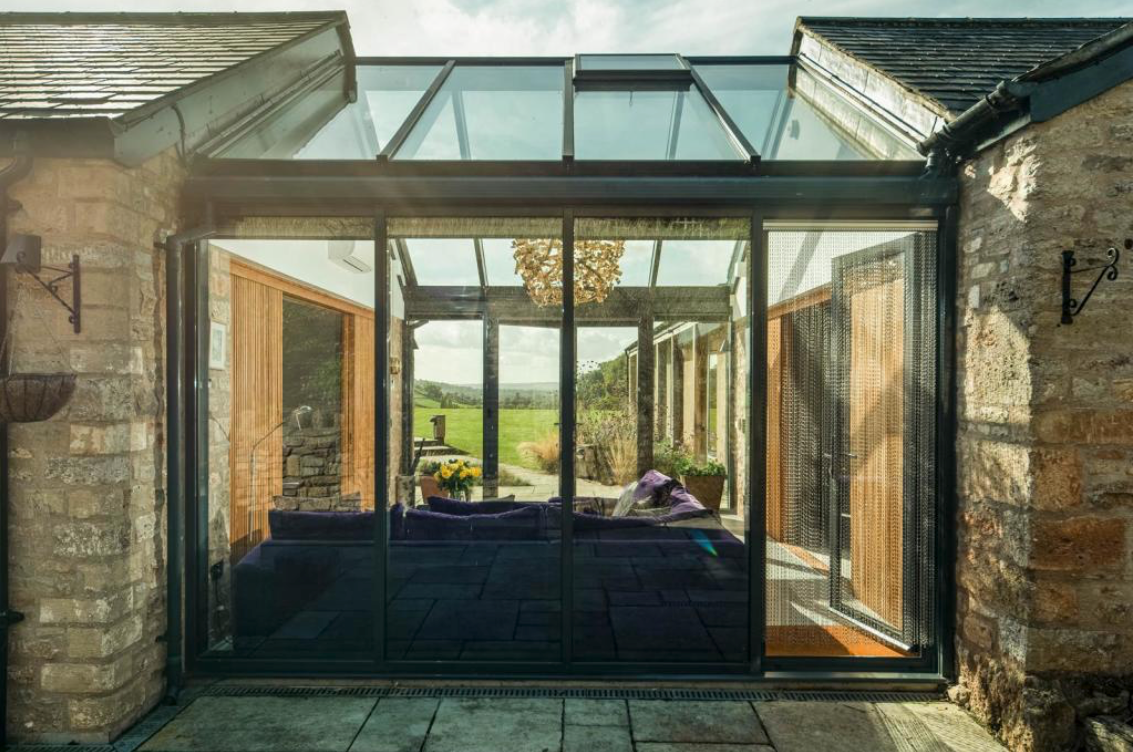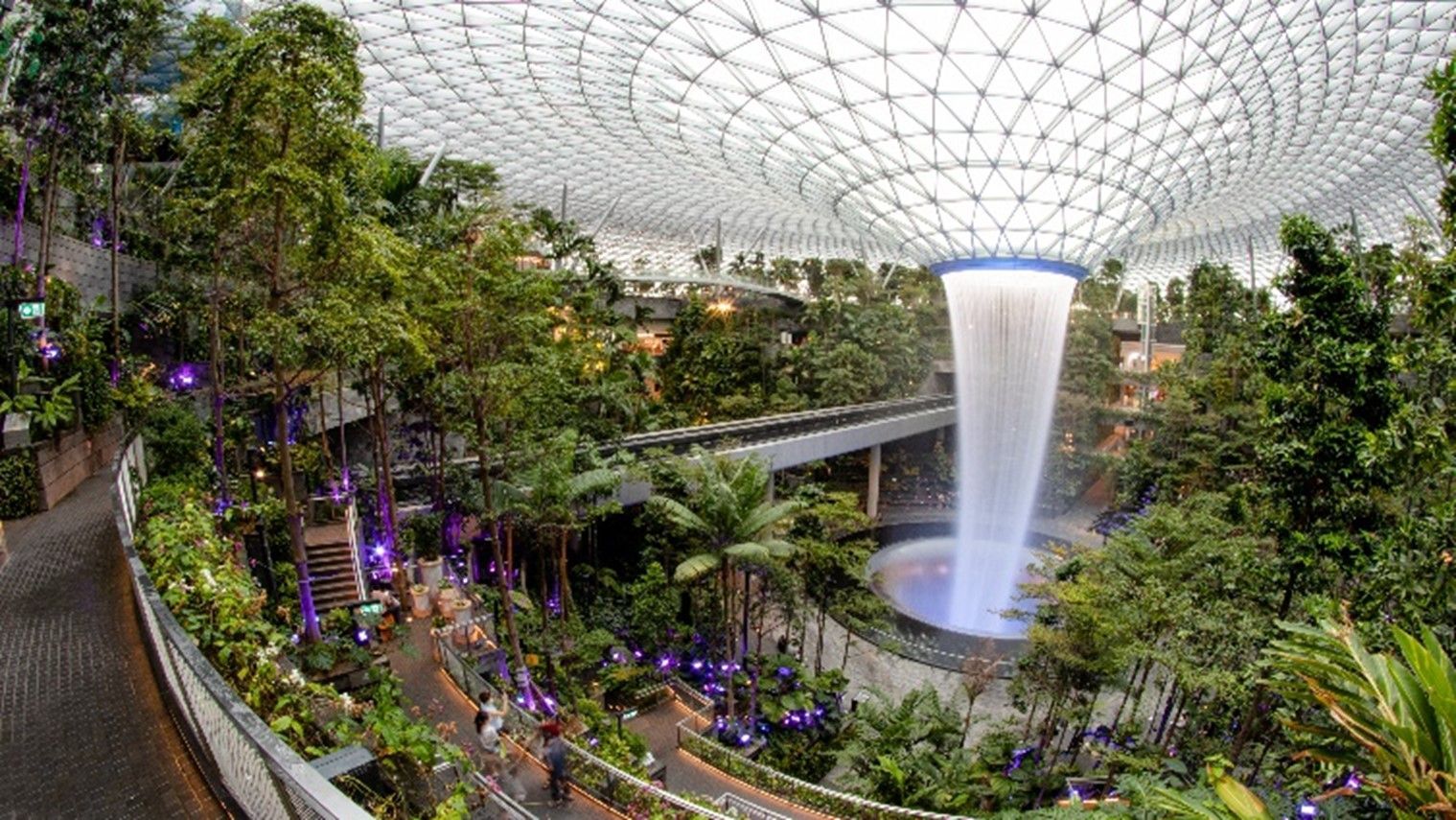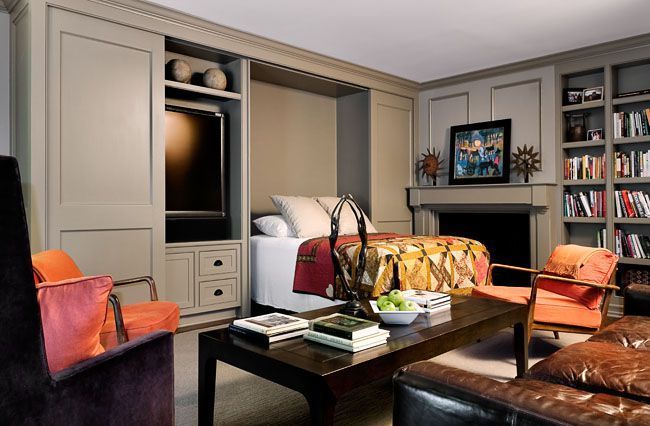Lessons From Nature No 2
From ant colonies to rainforests — nature solved design long ago!
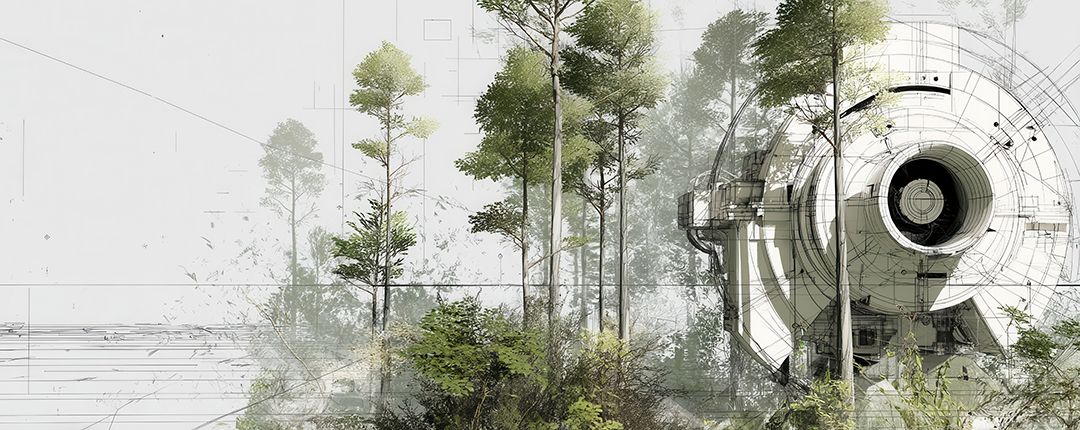
"Nature uses only the longest threads to weave her patterns, so that each small piece of her fabric reveals the organisation of the entire tapestry." – Richard P. Feynman
When we think of biomimicry in architecture, it’s easy to picture beehives, butterfly wings, or termite mounds inspiring clever designs. But to truly innovate, we need to look deeper—at the level of ecosystems themselves.
A rainforest, a coral reef, or even an ant colony is more than a collection of parts. It’s a finely tuned web of interdependencies—each element supporting the whole, creating resilience, adaptability, and efficiency. That is precisely the lesson architects and designers can learn from nature.
Designing Like a Forest
Imagine a building conceived not as an isolated object but as a living ecosystem. Just as different parts of a forest provide shade, circulate water, and nurture biodiversity, different components of a building can serve multiple roles. A green roof that insulates, captures rainwater, and feeds pollinators. Cooling systems that recycle water to sustain internal gardens. Structures that adapt over time, just as natural habitats evolve.
From Microhabitats to Megastructures
Scaling these ideas opens a world of possibility. The Eastgate Centre in Harare, inspired by termite mounds, maintains a stable internal temperature using natural ventilation—consuming less than 10% of the energy of conventional buildings. This is biomimicry at its most powerful: borrowing principles from nature and applying them to human needs at scale.
Beyond Sustainability to Regeneration
Nature doesn’t settle for “less bad.” It regenerates. Forests regrow after fires, wetlands purify water, coral reefs recover after storms. Architecture too can move from merely reducing harm to actively healing—designing spaces that generate energy, replenish water, and support biodiversity.
This ecosystem-inspired approach isn’t just about sustainability. It’s about creating buildings and cities that are as resilient, dynamic, and life-giving as the natural systems that inspire them.
🌿If you’re intrigued by how Ecosystems can act as as Blueprints for the Future of Architecture
more Lessons from Nature” coming soon
#SustainableArchitecture #EcoSystems #MarkMuirArchitect
